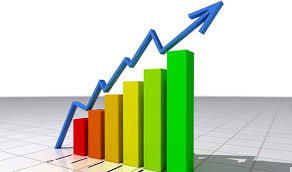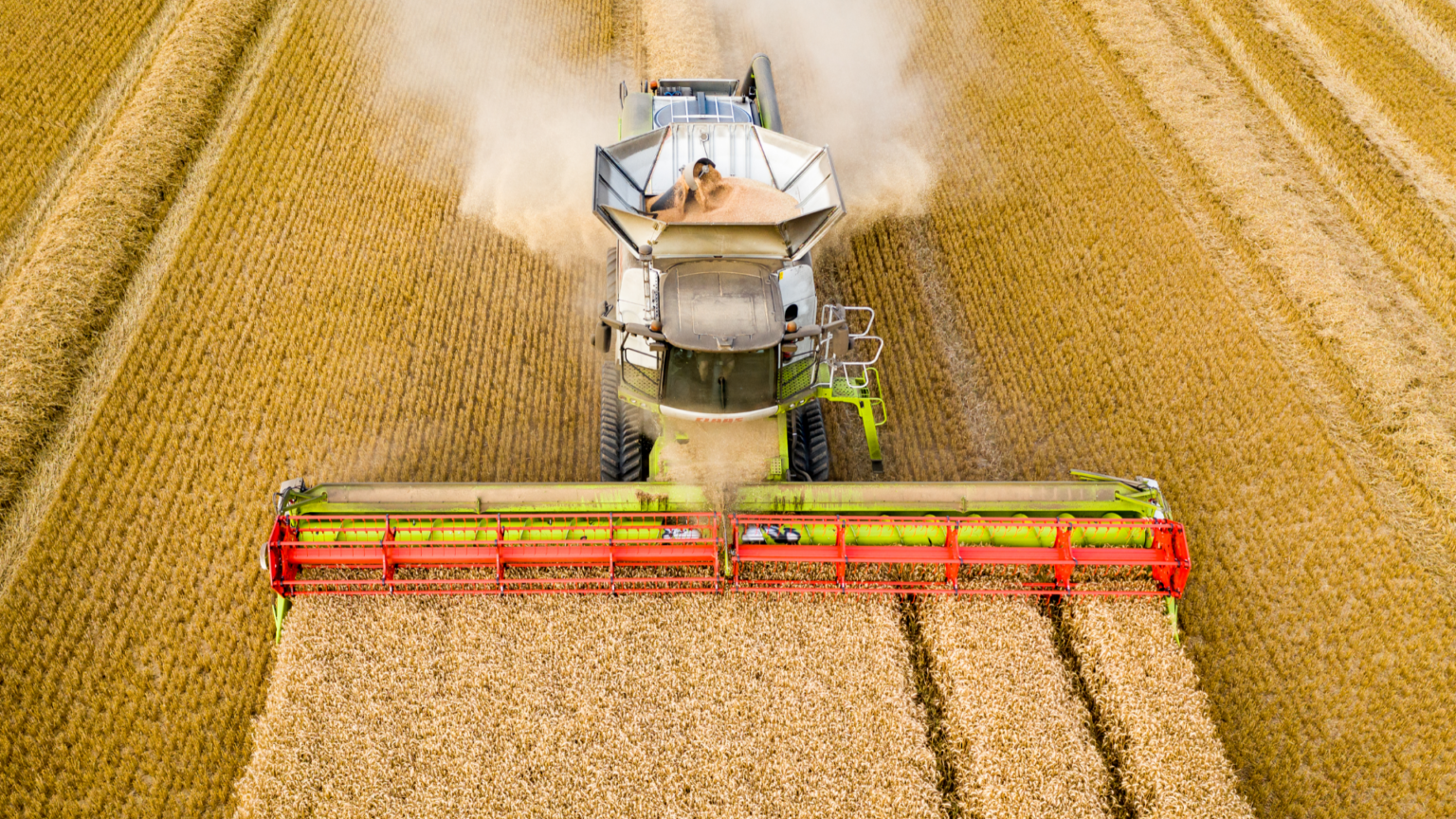The World Bank has revised downward growth for nearly 60 percent of sub-Saharan countries, including more than 70 percent of metal exporters, which are expected to suffer the continued decline in world prices.Barely emerging out of the Covid-19 pandemic, sub-Saharan African states have been affected by the war between Russia and Ukraine. In this part of the continent, the World Bank expects 3.6 percent growth in 2023 and 3.9 percent in 2024.
“Despite the expected easing of inflationary pressures, the pace of recovery is expected to remain stable in many countries due to the negative impact of persistent poverty and food insecurity on growth, amplified by other vulnerabilities such as adverse weather conditions, high indebtedness, political uncertainty, violence, and conflict,” the financial institution adds in its latest economic outlook.
Sub-Saharan countries with metal export-dependent economies will be more affected by the decline in growth. “This slowdown is a major obstacle to economic development in sub-Saharan Africa. Per capita income is expected to grow by only 1.2 percent on average in 2023-2024,” the World Bank said.
It further says that this year per capita income in sub-Saharan Africa is expected to remain more than 1 percent lower than in 2019. And projections anticipate that in nearly 40 percent of countries, including the region’s three largest economies – South Africa, Angola and Nigeria – per capita income will not have recovered to pre-pandemic levels even by the end of 2024.
In all three countries, the Bretton Woods institution reports, “growth has contracted sharply to just 2.6 percent in 2022. South Africa “recorded growth of only 1.9 percent due (in particular) to worsening electricity shortages and the strengthening of austerity policies to curb inflation,” the World Bank explains.
On the other hand, in Angola, high oil prices and stable black gold production allowed a rebound of 3.1%. Nigeria, on the other hand, saw its growth weaken due to the intensification of production problems in the oil sector. As a result, inflation there “exceeded 21% in 2022, its highest level in 17 years.
Overall, the financial institution notes, “food price pressures, already high before the pandemic, have further intensified due to weather-related events, supply disruptions exacerbated by Russia’s invasion of Ukraine, increased fragility and insecurity, and, in some countries, sharp currency depreciations.”
Last year, food price inflation exceeded 20 percent in more than a quarter of the countries. This has slowed the growth of real incomes and consumer demand and increased food insecurity.
“Despite the recent easing of world food and energy prices, import costs have remained high, contributing to widening current account deficits. The precariousness of fiscal positions due to the pandemic has persisted, and last year public debt exceeded 60 percent of GDP in almost half of the region’s economies. Debt sustainability has further deteriorated in many non-oil producing countries, leading to higher borrowing costs, capital outflows, and credit downgrades,” the World Bank concludes.




